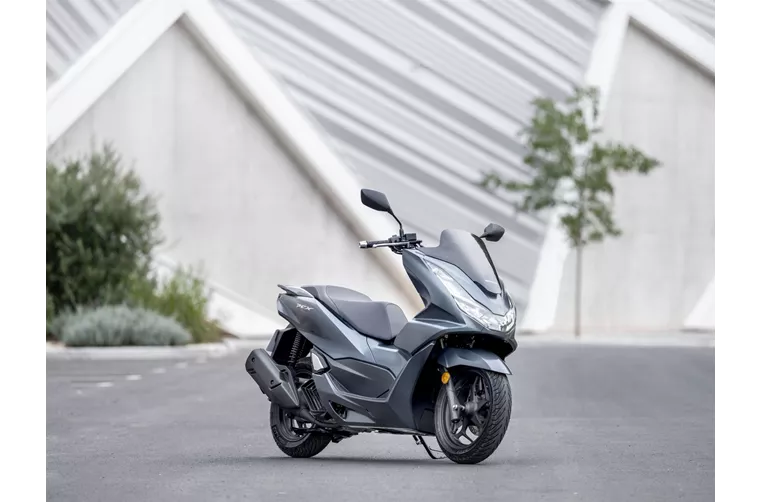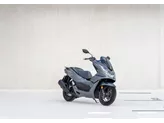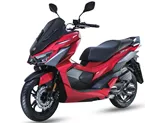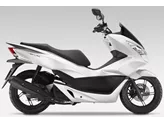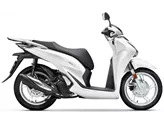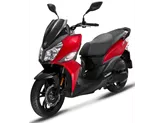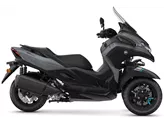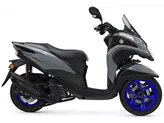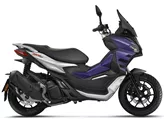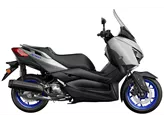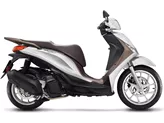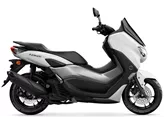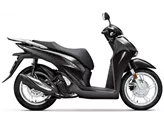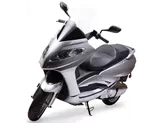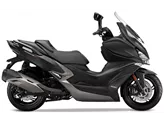Honda PCX 125 2021 vs. Yamaha Tricity 125 2016
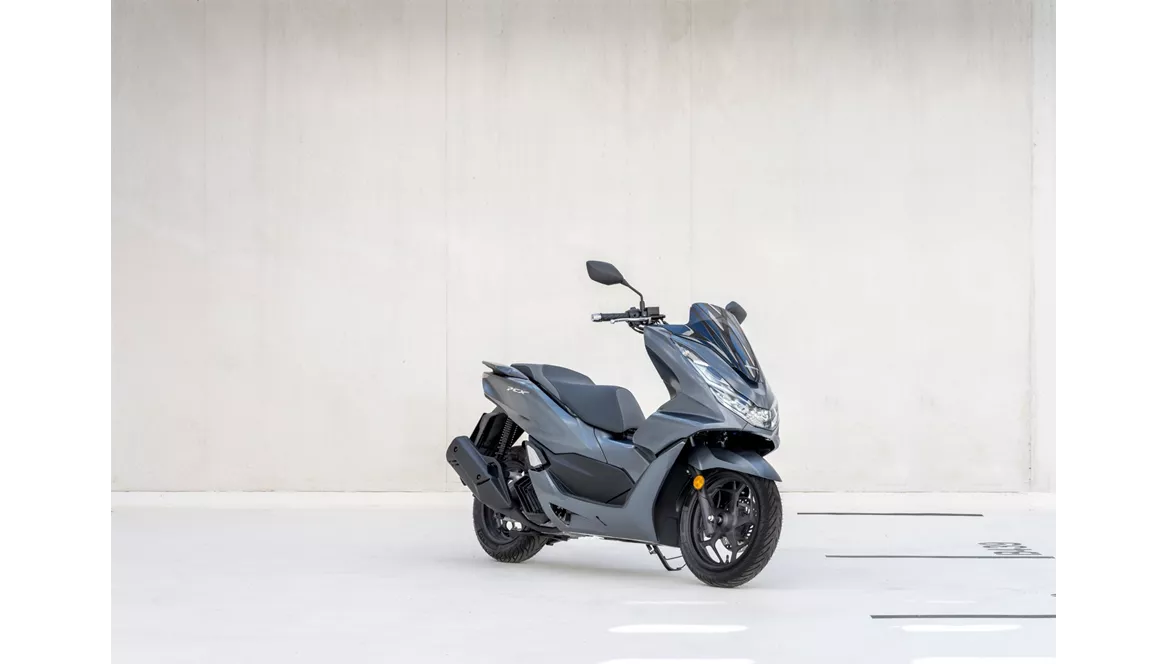
Honda PCX 125 2021

Yamaha Tricity 125 2016
Overview - Honda PCX 125 2021 vs Yamaha Tricity 125 2016
The Honda PCX 125 2021 and the Yamaha Tricity 125 2016 are both popular scooter models in the 125cc category. While they have some similarities in terms of engine power, torque, clutch type, and cooling system, there are also notable differences in their technical specifications and features.
Starting with the engine power, the Honda PCX 125 2021 boasts a slightly higher output of 12.5 HP compared to the Yamaha Tricity 125 2016's 11 HP. This difference may not be significant, but it could result in slightly better acceleration and performance for the Honda PCX.
In terms of torque, the Honda PCX 125 2021 also has a slight advantage with 11.8 Nm compared to the Yamaha Tricity 125 2016's 10.4 Nm. This could contribute to better low-end power and responsiveness for the Honda PCX.
Both scooters feature a centrifugal force clutch type, which provides smooth and automatic transmission. However, the Honda PCX 125 2021 utilizes a variomatic transmission, while the Yamaha Tricity 125 2016 has a traditional automatic transmission. The variomatic transmission in the Honda PCX allows for seamless gear changes and efficient power delivery, while the Yamaha Tricity's automatic transmission may offer a more familiar and straightforward riding experience.
In terms of suspension, both scooters feature a telescopic fork front suspension, which helps provide a comfortable and stable ride. This ensures good handling and stability, especially when navigating through urban environments or uneven road surfaces.
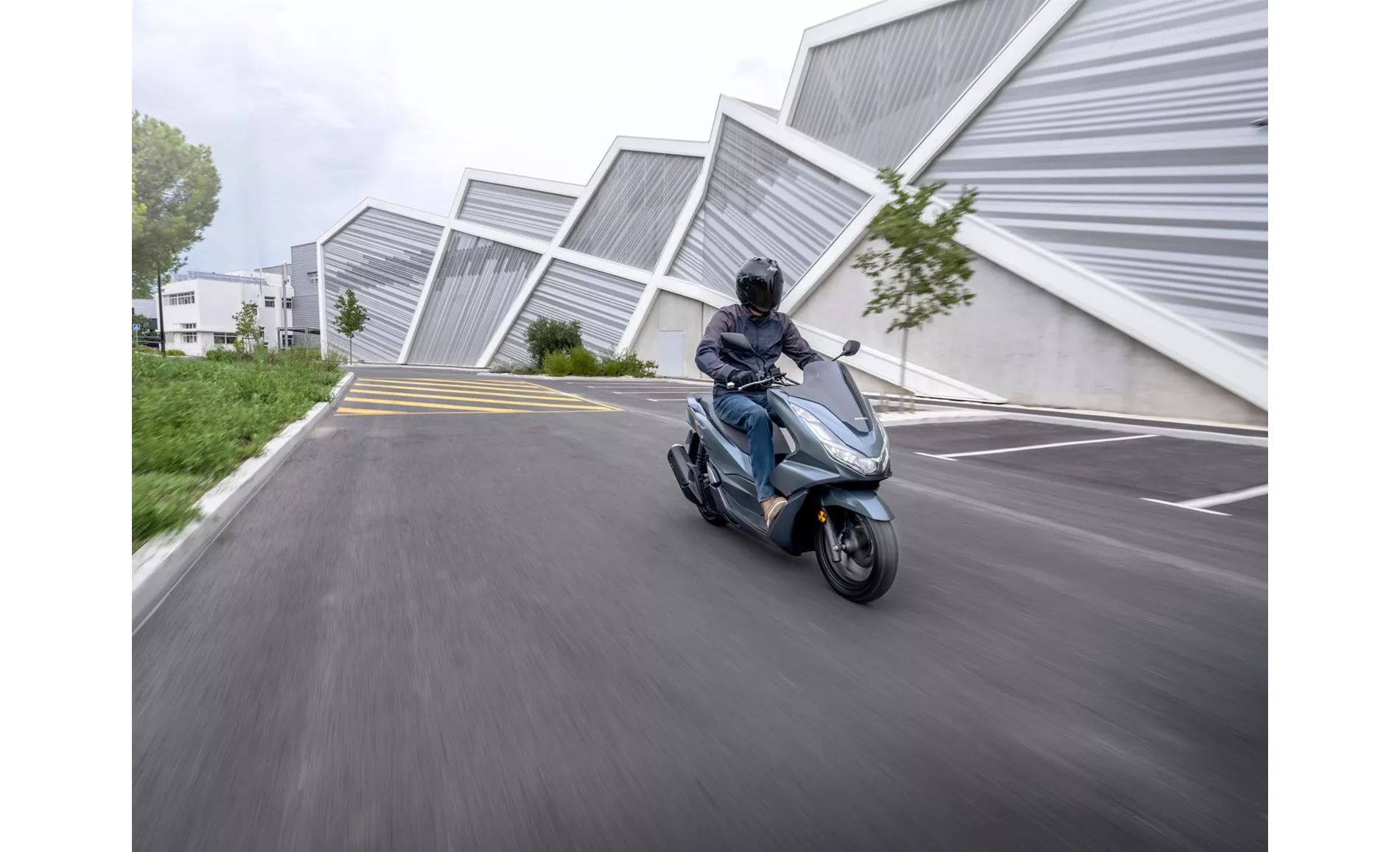
Honda PCX 125 2021
When it comes to braking performance, the Honda PCX 125 2021 has a single disc front brake and a drum rear brake. On the other hand, the Yamaha Tricity 125 2016 features double disc front brakes and a disc rear brake. The double disc front brakes on the Yamaha Tricity may offer slightly better stopping power and control compared to the Honda PCX's single disc setup.
In terms of tire size, the Honda PCX 125 2021 has a wider front tire width of 110 mm, while the Yamaha Tricity 125 2016 has a narrower front tire width of 90 mm. This difference may result in slightly better stability and grip for the Honda PCX, especially during cornering or maneuvering.
Both scooters have similar wheelbase measurements, with the Honda PCX 125 2021 at 1315 mm and the Yamaha Tricity 125 2016 at 1310 mm. This ensures good stability and maneuverability for both scooters, especially in tight spaces or congested city streets.
In terms of seat height, the Yamaha Tricity 125 2016 has a slightly higher seat height of 780 mm compared to the Honda PCX 125 2021's 764 mm. This may be a consideration for riders with shorter inseams, as a lower seat height can provide better stability and confidence at stops.
When it comes to weight, the Honda PCX 125 2021 is lighter at 130 kg compared to the Yamaha Tricity 125 2016's 152 kg. This weight difference could contribute to slightly better agility and maneuverability for the Honda PCX, especially when navigating through traffic or tight spaces.
In terms of fuel tank capacity, the Honda PCX 125 2021 has a larger capacity at 8.1 liters compared to the Yamaha Tricity 125 2016's 6.6 liters. This means that the Honda PCX may offer a longer range before needing to refuel, which can be advantageous for riders who frequently commute or travel longer distances.

Yamaha Tricity 125 2016
Moving on to the strengths of each scooter, the Honda PCX 125 2021 offers an economical engine, thanks to its efficient fuel consumption. It also features an automatic start-stop system, which helps save fuel and reduce emissions during idle times. The smart key system adds convenience and security, allowing for keyless operation and easy access to the scooter. Additionally, the Honda PCX provides sufficient storage space for everyday use, including a large glove compartment with a USB socket for charging devices. Lastly, it offers good wind and weather protection, enhancing rider comfort during various weather conditions.
On the other hand, the Yamaha Tricity 125 2016 is praised for its stable handling, which lends a sense of safety and confidence to the rider. It also provides sufficient storage space for carrying essentials or small items. Additionally, it offers good wind protection, which can be beneficial during longer rides or in windy conditions.
However, both scooters have their weaknesses as well. The Honda PCX 125 2021 has a soft rear brake lever, which may require more effort from the rider to achieve the desired braking force. Additionally, the rearview mirrors are low-mounted, which may limit visibility for some riders.
The Yamaha Tricity 125 2016, on the other hand, has a weaker engine compared to the Honda PCX, which may result in slightly slower acceleration and overall performance. It also lacks a headlight flasher, which can be a useful feature for signaling other road users. Lastly, some riders may find the speedometer placement too low, which may require them to take their eyes off the road to check their speed.
In conclusion, both the Honda PCX 125 2021 and the Yamaha Tricity 125 2016 have their strengths and weaknesses. The Honda PCX offers a slightly more powerful engine, a variomatic transmission, and a larger fuel tank capacity. It also provides additional features such as an automatic start-stop system and a smart key system. On the other hand, the Yamaha Tricity offers stable handling, sufficient storage space, and good wind protection. Ultimately, the choice between these two scooters will depend on the rider's preferences, priorities, and intended usage.
Technical Specifications Honda PCX 125 2021 compared to Yamaha Tricity 125 2016
Pros and Cons in comparison
Pros and Cons in comparison
Honda PCX 125 2021
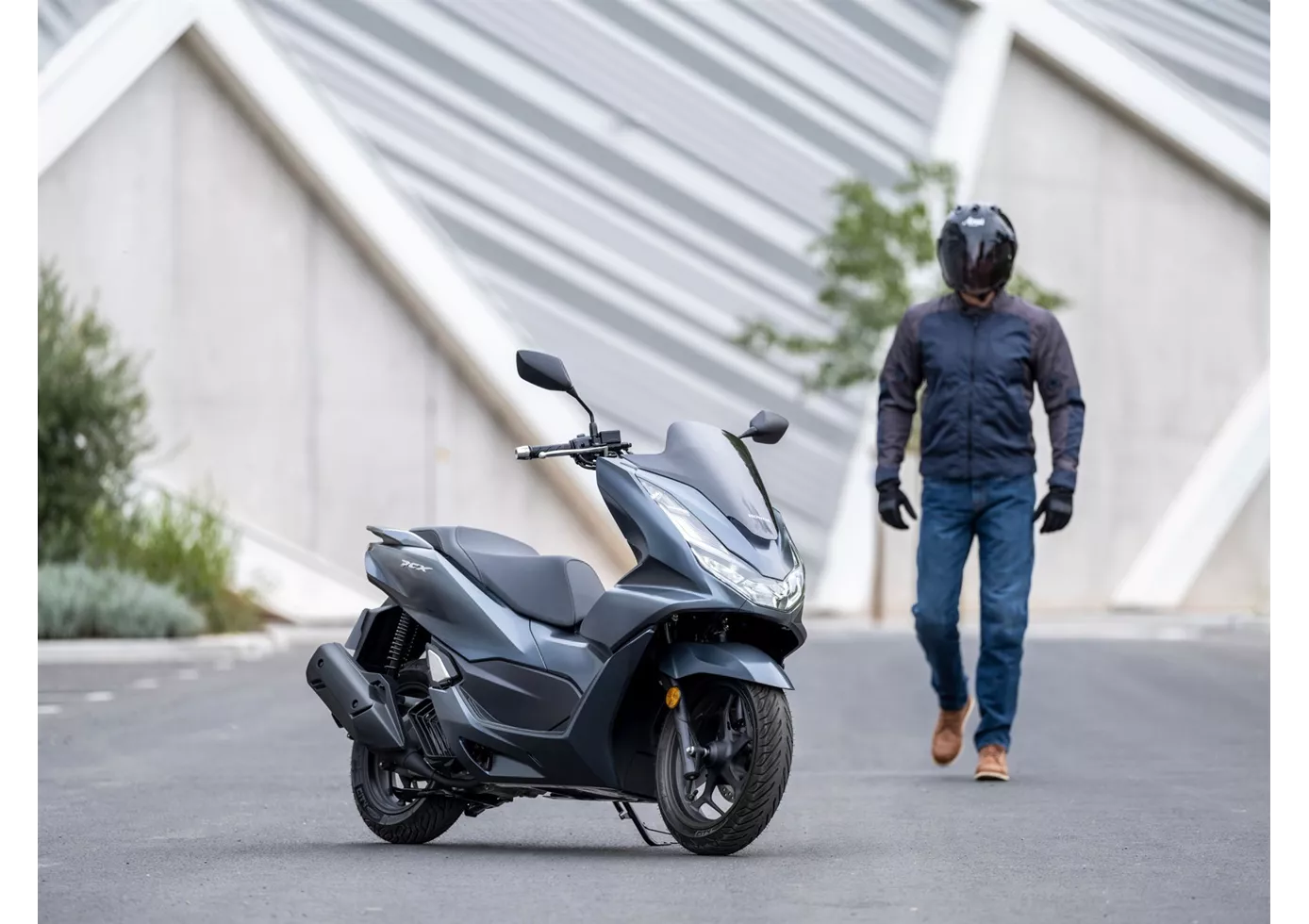
The new Honda PCX125 stays true to its lineage and presents itself as a faithful companion with which you can commute carefree to work, university or school. With the help of the economical eSP+ engine and the integrated automatic start-stop system, fuel consumption and noise pollution remain low - a real plus in cities that are hostile to combustion engines. Thanks to increased storage space and the new Smart Key System, it is also more practical than ever. If you're looking for a stylish city scooter with Japanese quality, you really can't go wrong with the new Honda PCX125.
Yamaha Tricity 125 2016

The Yamaha Tricity is a strange vehicle. Two wheels in the front attract a lot of attention, whether they are all meant positively is up in the air. However, as soon as you ride the Tricity, the questionable appearance is worth it. Even in potholes and manhole covers it remains stable, and in curves the front gives a lot of transparency. The 125cc engine, however, could have a bit more punch; long stretches on country roads are not recommended.
Price Comparison Avarage Market Price Honda PCX 125 vs Yamaha Tricity 125
There are a few key differences between a Honda PCX 125 2021 and a Yamaha Tricity 125 2016. There are the same number of bikes of both models available on the 1000PS.de marketplace, specifically 8. It takes less time to sell a Honda PCX 125 with 74 days compared to 140 days for a Yamaha Tricity 125. Since model year 2010 1000PS.de editors have written 17 reviews for the Honda PCX 125 and 14 reviews for the Yamaha Tricity 125 since model year 2014. The first review for the Honda PCX 125 was published on 11/15/2009 and now has more than 16,200 views. This compares to more than 16,400 views for the first review on Yamaha Tricity 125 published on 11/3/2013.
